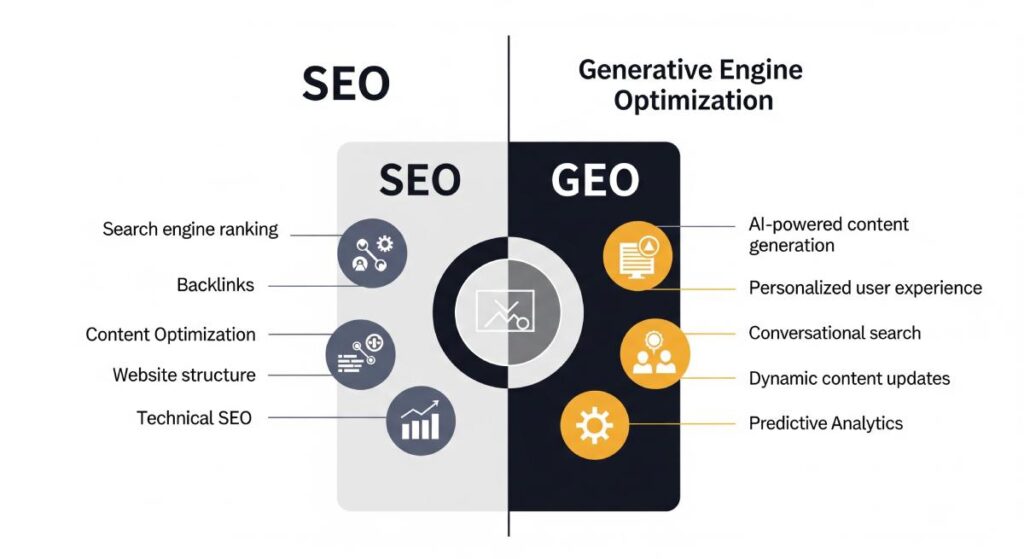 Search engine optimization (SEO) is a complicated effort that requires significant insight into how search engine algorithms work and plenty of experience equipping websites and their content with the right features to stand out.
Search engine optimization (SEO) is a complicated effort that requires significant insight into how search engine algorithms work and plenty of experience equipping websites and their content with the right features to stand out.
However, it is not a one-time task; SEO experts are constantly analyzing the results of their efforts and taking the latest Google algorithm changes into account, tweaking sites to ensure they follow the latest best practices.
Lead and lag measures can provide valuable data that guide SEO decisions. Here is a closer look at some lead and lag measures that can make a significant impact on SEO efforts.
What Are Lead and Lag Measures?
There are two main categories of metrics that should be considered as part of a well-rounded SEO plan: lead and lag measures.
Leading indicators reflect the current state or what is expected in the near future; they illustrate immediate progress and provide insight into how likely you are to achieve your goals.
These indicators help webmasters and SEO professionals make adjustments on the fly to ensure they are using the most effective tactics at all times.
A lagging indicator, in contrast, refers to trailing results and is something that can only be measured after a period of time has passed with some taking weeks or even months to become apparent.
Lagging SEO indicators help to assess the success of an SEO strategy. Improving leading indicators over time will ultimately enhance lagging indicators.
Leading SEO Metrics
Many businesses that enlist the services of SEO companies are more concerned about lagging metrics, but SEO professionals focus heavily on leading metrics when optimizing their campaigns.
Here is a look at some of the most important SEO metrics. Most of them do not have specific benchmarks that must be achieved. Instead, the goal is to ensure that all of them follow a positive trend compared to previous performance.
Keyword Ranking
One important measure is how many keywords a site or page is currently ranking for in the search results. Adding more content and updating existing content are good methods of improving this metric.
Another component that should be measured is the current ranking position for each keyword.
![]() Keyword ranking is a useful leading indicator because even if a site is not yet bringing in significant organic traffic, it can still indicate progress if, for example, the rankings are moving up from page 10 to page 5.
Keyword ranking is a useful leading indicator because even if a site is not yet bringing in significant organic traffic, it can still indicate progress if, for example, the rankings are moving up from page 10 to page 5.
If this is not happening, it is time to make some changes, such as improving internal linking or addressing technical SEO issues.
Search Impressions
Tracking search query impressions can provide valuable insight into search visibility. This could be a very low number, or even zero when a site is first starting out, but it should start to move upward.
There may be a period of high volatility in the beginning as Google determines where to ultimately place it. This means it is not necessarily an excellent success metric when taken at face value, but it can help in other ways.
For example, if search impressions go up for terms that were not being targeted, it can point to keyword opportunities that were not previously considered.
Time spent on site, daily active users, and unique visitors are other leading metrics that can be useful to monitor.
Lagging Measures
Lagging indicators essentially confirm trends and can be measured across the entire site or specific pages and keywords. Here is a look at some important lagging measures to analyze.
Conversion Rate
Conversion rate is a valuable lagging indicator that can point to ways to generate more leads. A low conversion rate may mean it is time to redesign the website or create content that is better geared to the target audience.
Conversion rates can also be assessed based on type of post and other segments so you can see which ones are performing better and make informed decisions about your future strategy. For example, if a blog post has a form, the conversion rate from the blog to a lead can be analyzed.
If the post has a call to action leading to a landing page, an important measurement would be the clickthrough rate from the post to the landing page plus the conversion rate from the landing page to generating a lead.
Revenue
As one of the main objectives of any SEO campaign, revenue growth is an important metric to consider and will reflect the success of your marketing efforts.
Revenue can be attributed to specific pages, campaigns, or keywords with tools such as Google Search Console and Google Analytics.
This metric should not be given too much focus early on; results may be disappointing initially and can cause efforts to be abandoned, which may mean losing out on valuable momentum.
 Other lagging indicators worth measuring include return on investment, customer acquisition costs, SEO pipeline value, and brand recognition.
Other lagging indicators worth measuring include return on investment, customer acquisition costs, SEO pipeline value, and brand recognition.
Using a mix of leading and lagging measures can provide you with a holistic view of your SEO efforts and show where and when action is needed to make improvements.
These need to be well-balanced; lag measures will show you whether your SEO efforts are providing a long-term payoff, while lead measures help you confirm you are taking the right steps to achieve your SEO objectives.
Discuss Your SEO Strategy with the Digital Marketing Professionals
Helping your website rank well and gain visibility can be challenging, but the professionals at 321 Web Marketing have the national and local SEO experience needed to help you rise to the top and meet your goals.
Make sure your business is focusing on all of the ever-changing criteria Google evaluates. Contact us today to learn more about our services and schedule a consultation.







